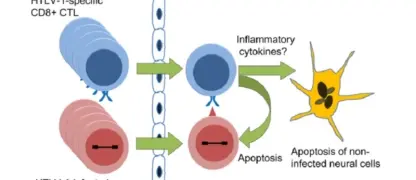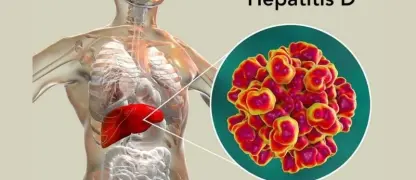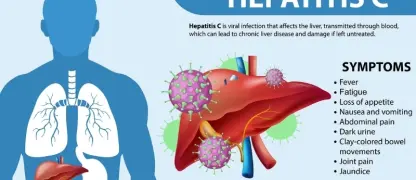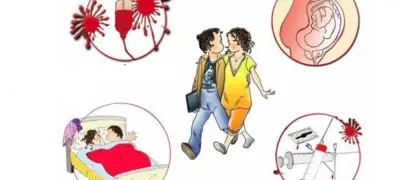Zika virus disease is a mosquito-borne infection that can cause fever, rash, joint pain, and complications during pregnancy. Learn how to prevent, recognize, and manage it effectively.
What are the main causes of Zika Virus Disease?
- Zika Virus Disease is primarily transmitted through bites from infected Aedes mosquitoes, which are common in tropical and subtropical regions.
- The virus can also be spread through sexual contact with an infected person, increasing the risk of infection among partners.
- Pregnant women infected with Zika can transmit the virus to their unborn child, potentially causing serious birth defects.
Key symptoms of Zika Virus Disease to watch for
- Mild fever, rash, and joint pain are common early signs, often accompanied by red eyes and general fatigue in affected individuals.
- Headaches and muscle pain may occur as the infection progresses, although severe complications are rare for most adults.
- In some cases, neurological issues such as Guillain-Barré syndrome can develop, highlighting the importance of timely medical attention.

>>>Learn more: Understanding Yellow Fever symptoms and prevention tips
How can you prevent Zika Virus Disease effectively?
- Use insect repellents, wear long-sleeved clothing, and install window screens to minimize mosquito bites in high-risk areas.
- Practice safe sex or abstinence, particularly if you or your partner live in or have traveled to areas with Zika outbreaks.
- Pregnant women should avoid traveling to regions with active Zika transmission and consult healthcare providers for guidance.
>>>Learn more: Dengue Hemorrhagic Fever treatment and home remedies
Image description of Zika Virus Disease
Zika Virus Disease is a viral infection transmitted mainly by Aedes mosquitoes. It causes mild fever, rash, joint pain, and, in severe cases, birth defects. Prevention focuses on avoiding mosquito bites and practicing safe sex.








>>>Learn more: Understanding lassa fever symptoms causes and risks
Understanding Zika virus disease helps you protect yourself and your loved ones. Early detection, preventive measures, and medical guidance are essential for reducing risks and complications.






